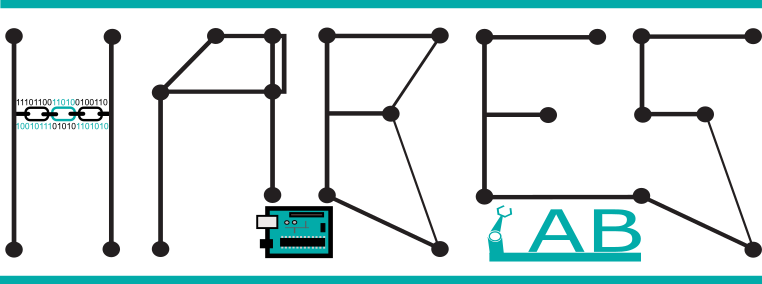In the context of IoT systems, it is possible to perform physical bus sniffing, cold boot, cache side channel, buffer overflow, code-reuse, or Iago attacks, and various software-based countermeasures have been proposed. However, the severity and complexity of these attacks require a level of security that only hardware support can guarantee.
In recent years, various academic and industrial research activities have focused on how to achieve advanced IoT security solutions through the use of hardware elements, such as Physical Unclonable Function (PUF), for the generation of pseudo-random material to support cryptographic and/or authentication schemes, or the implementation of ciphers using FPA and ASICS technology by specifying them using formalisms such as VHDL.
In addition, secure execution and/or secure data storage solutions require hardware support for the implementation of a Trusted Execution Environment.
